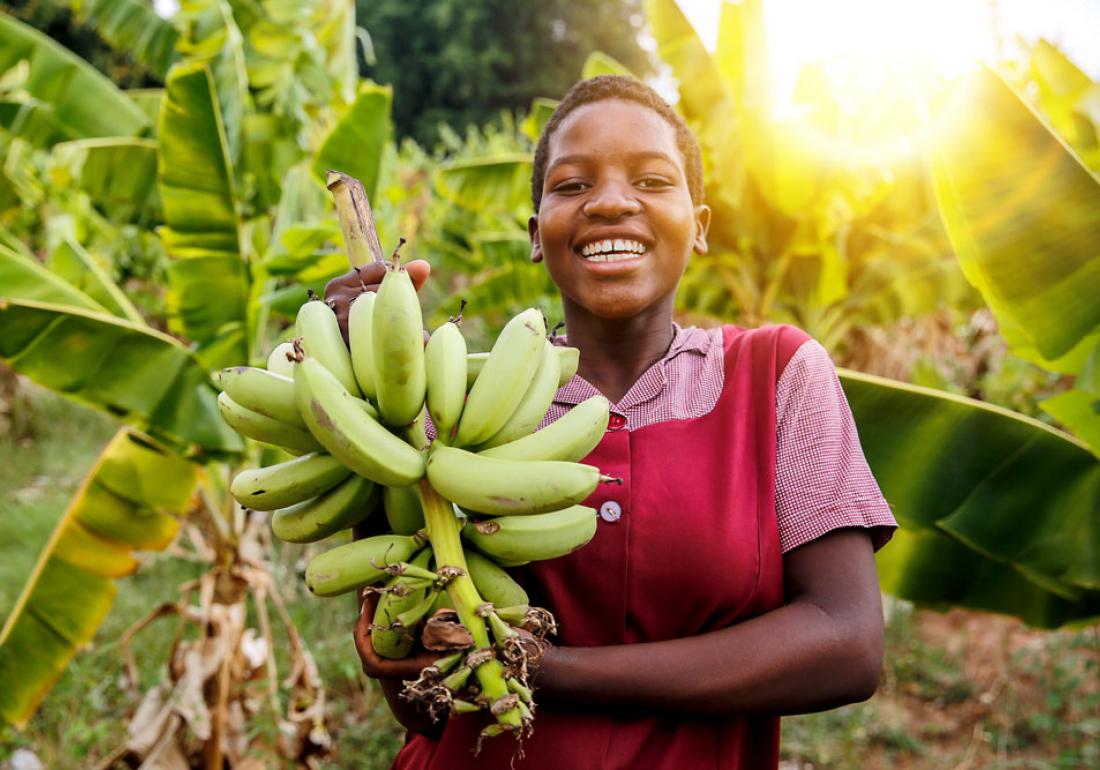Health and Nutrition

What we want to do:
We want all children in Zimbabwe to enjoy good health. We work towards this by:
- Increasing the number of children who are protected from diseases
- Increasing the number of children who are well nourished
- Ensuring children and their caregivers have access to essential health services
- Reducing the prevalence and impact of HIV and AIDS on boys and girls
What is the problem?
As a result of increasing vulnerability and limited access to health services, children in Zimbabwe largely at risk daily.
How is World Vision addressing the issues?
In order to increase access to essential maternal and child health services for families whose average walk to a clinic is 8 kilometres, World Vision is partnering with communities in building health facilities such as clinics and waiting mothers' shelters (where expecting mothers can be attended to by trained health personnel). To increase access to maternal and child health services, World Vision supports the training of health workers, who are then able to treat childhood illnesses, provide delivery and post-delivery care for mothers and their babies as well as immunisations. We are partnering with the Ministry of Health and Child Care and various Government departments to provide effective immunisations by ensuring vaccines stay at appropriate temperatures to be effective.
Is what World Vision doing working?
Despite the disruptions as a result of the COVID-19 pandemic, the programme constructed and completed three Rural Health Centres and a waiting mothers' home in 2020. These were established in partnership with communities, local authorities and the Ministry of Health and Child Care. These improved access for more than 25,000 people who previously could not access health services as a result of long distances. Some of the communities would walk for more than 20 kilometres to seek health services. The screening for malnutrition continued reaching 20,000 children ensuring that those malnourished were detected early and referred for assistance or treatment.